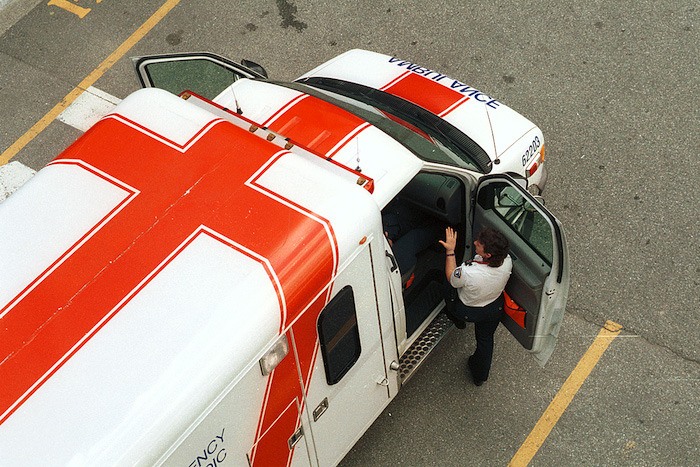WHISTLER – The B.C. health ministry is aiming to add up to 80 rural ambulance paramedic positions in small communities by combining their duties with local care facilities.
Health Minister Terry Lake said the approach to maintain rural ambulance service has been tried for several years, but was hampered by restrictions in the paramedics’ union contract. New contract terms have been worked out with the B.C. Ambulance Service and the ministry is working with other health care representatives to develop what he calls “community para-medicine.”
“There are good examples of this in Ontario and other jurisdictions where there are too few calls to have a full-time paramedic,” Lake said in an interview at the Union of B.C. Municipalities convention in Whistler this week.
“When that full-time paramedic is not on a call, they can be doing things like helping with services in long-term residential care homes,” Lake said. “They can be going into homes of people who are on home health support, and checking in with the patients – these are often elderly people who have difficulty getting around – and make sure they’re adhering to their treatment plan, that their needs are being met, and if necessary make a recommendation that they should have an in-patient visit at the hospital or with a health care provider.”
Lake described the program at a UBCM forum on rural health care, where he discussed the problems of rural and remote health care with local government representatives. He said his goal is to add 80 positions over the next 18 months, working with local doctors, nurses and residential care providers.
The ambulance service has struggled to maintain rural and remote service with a system of on-call paramedics paid a minimal stand-by rate, and in some cases maintain full-time ambulance staffing in smaller communities.
